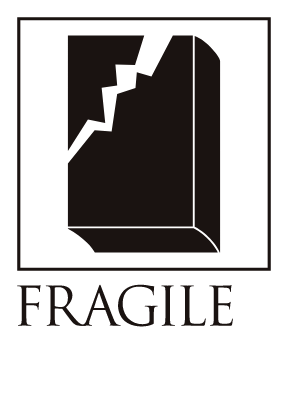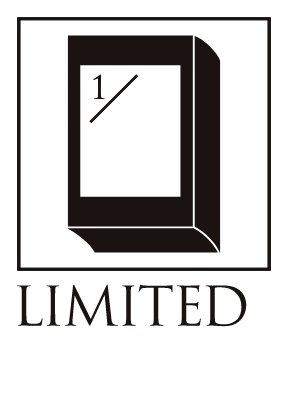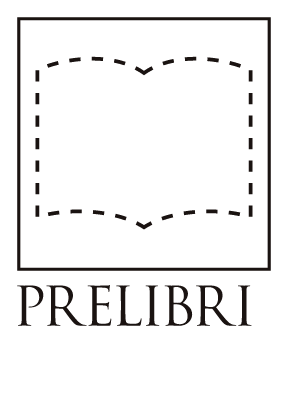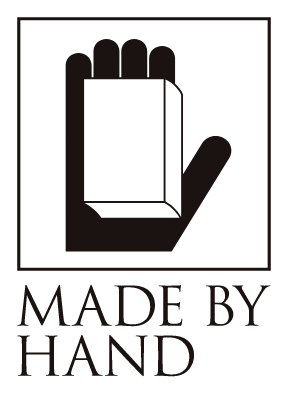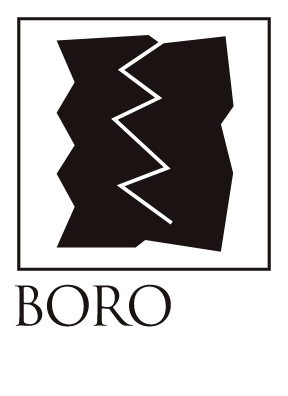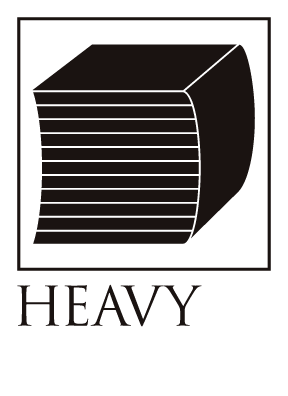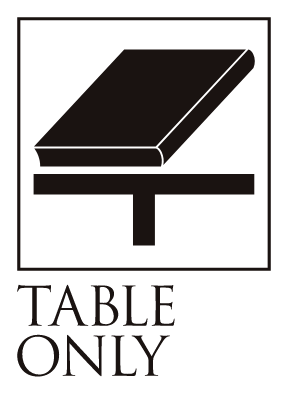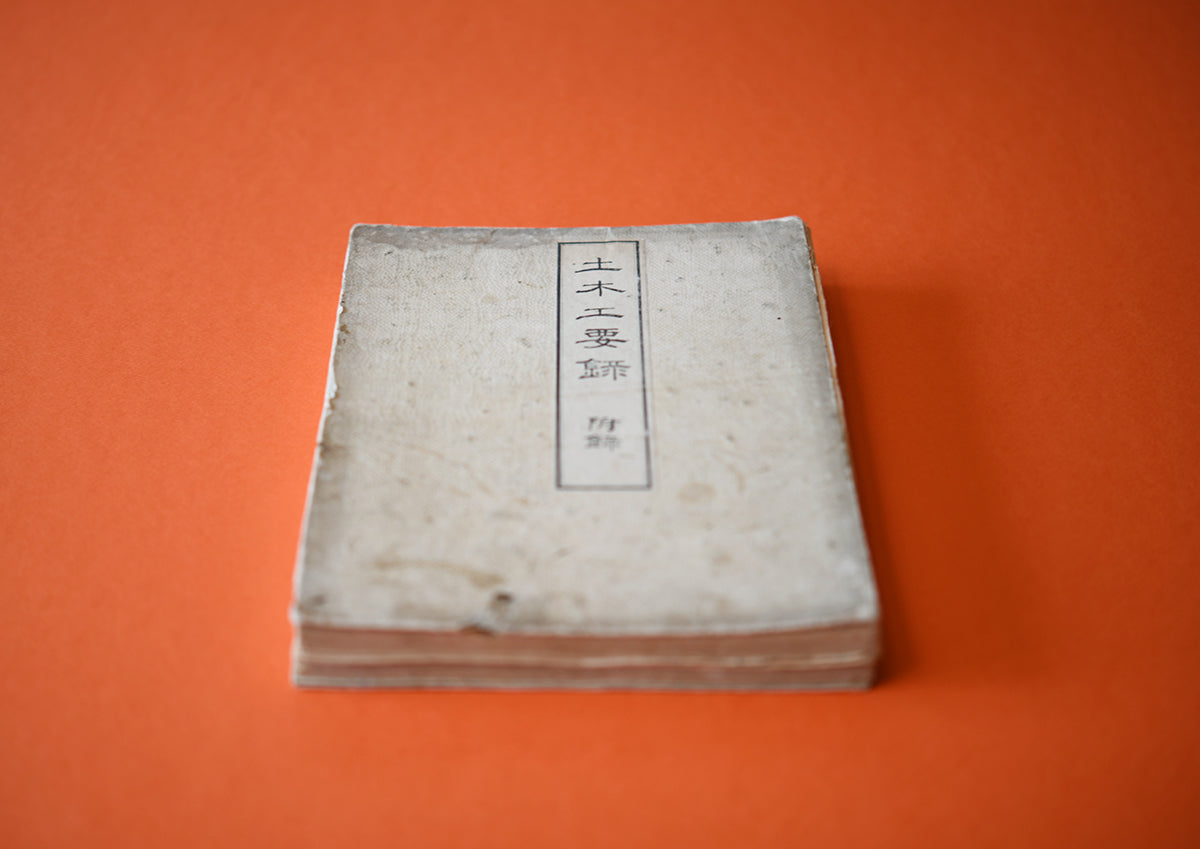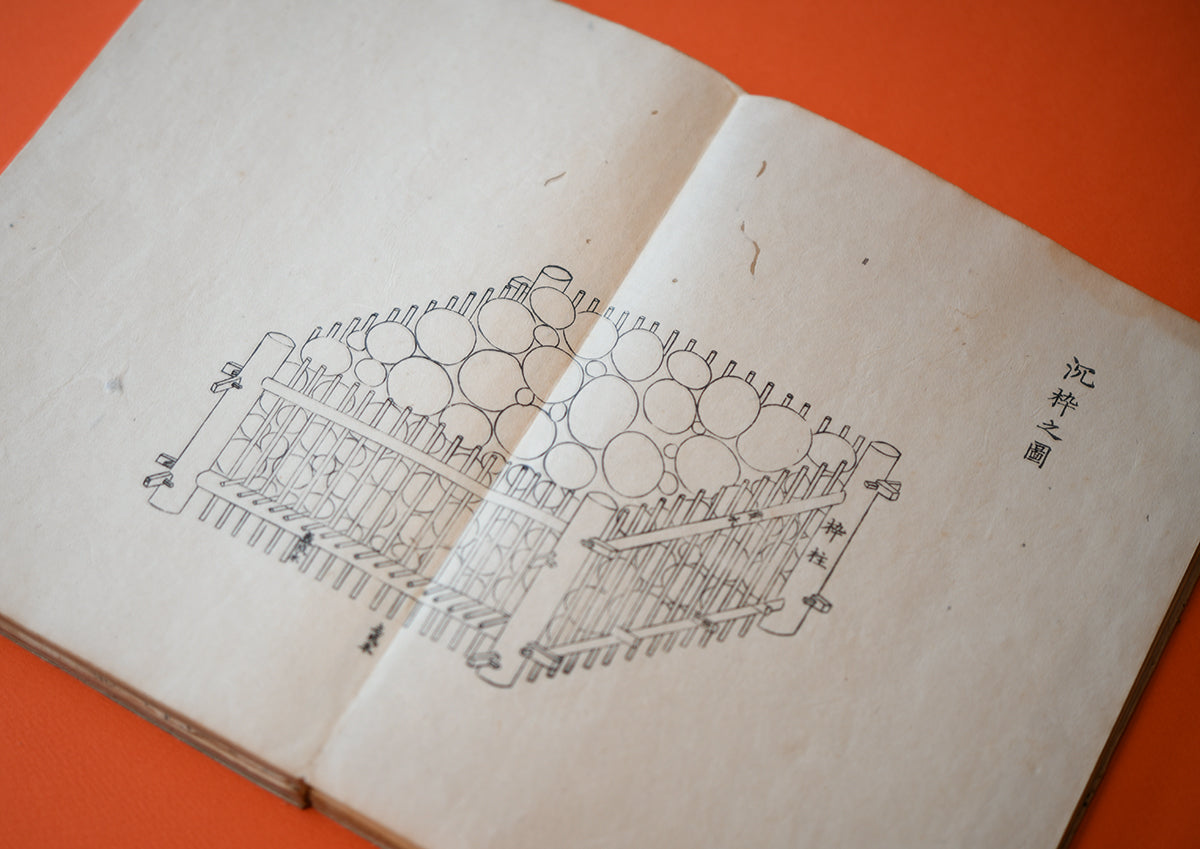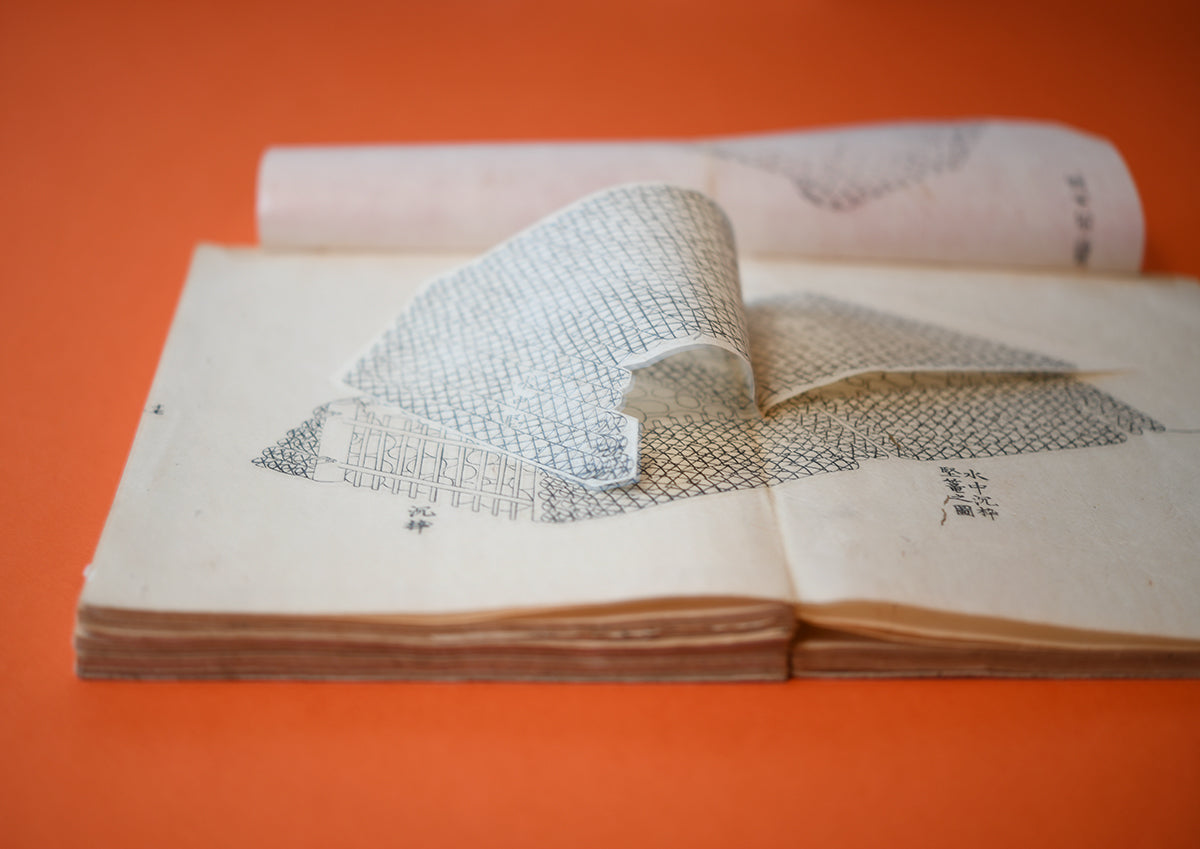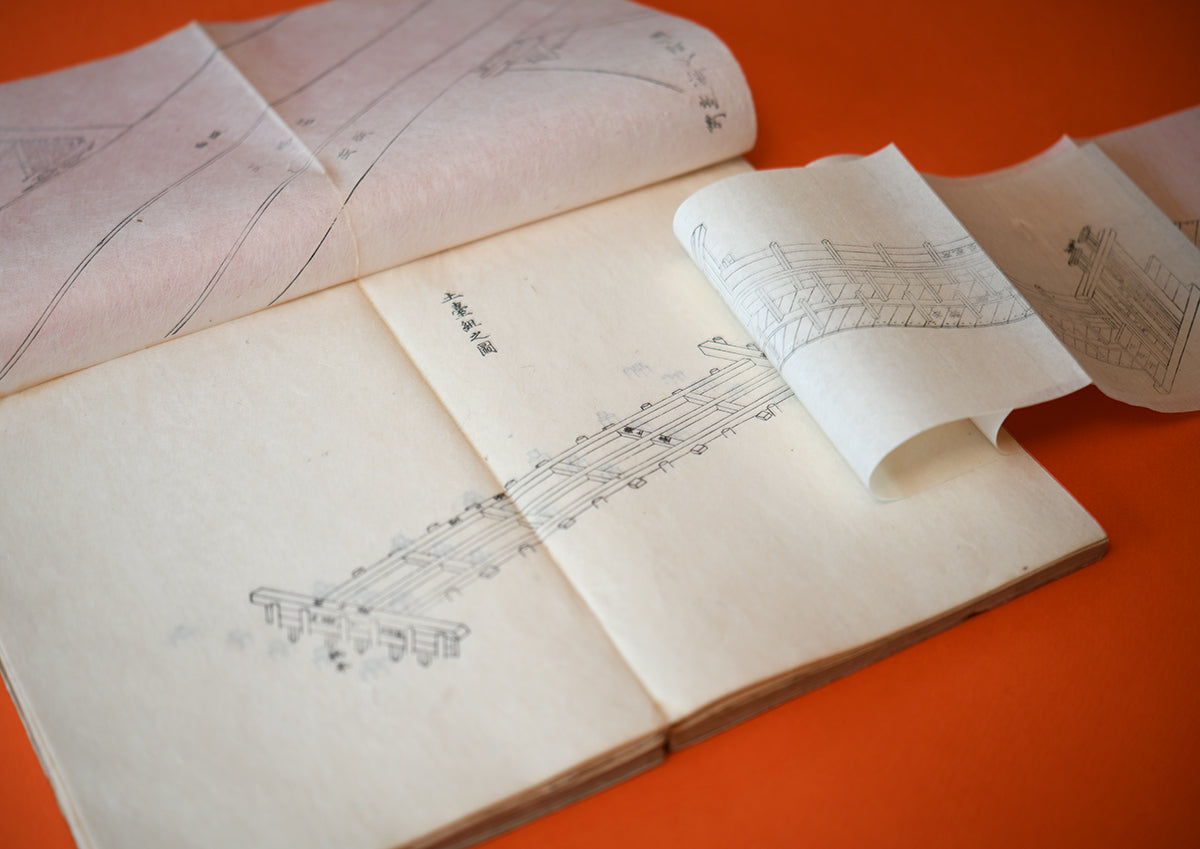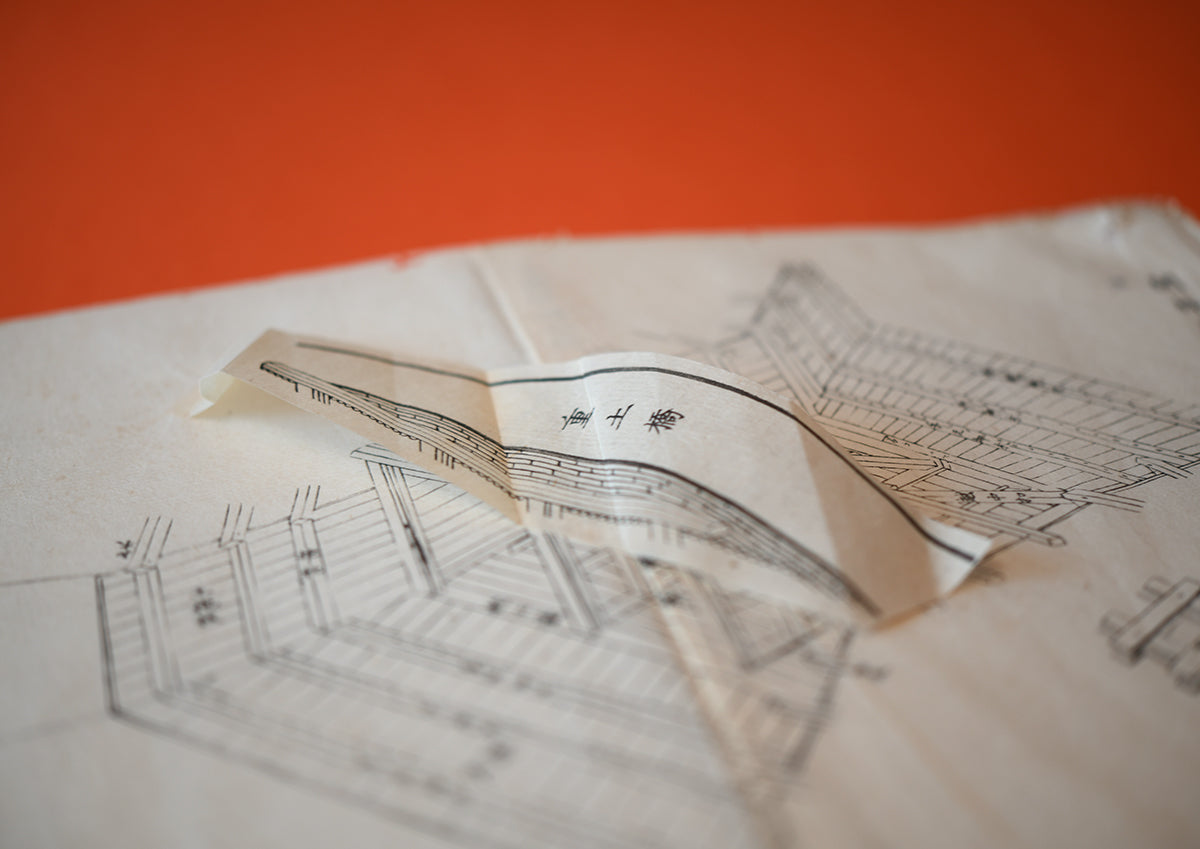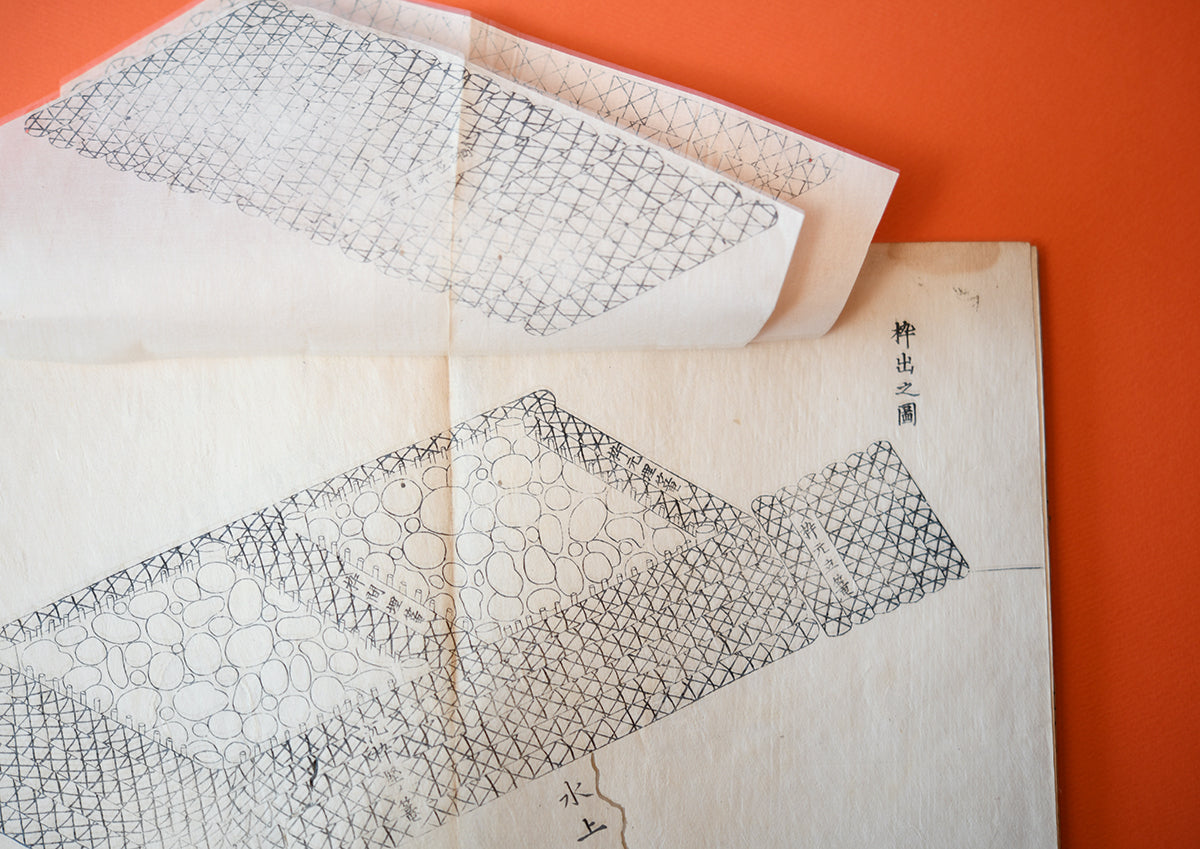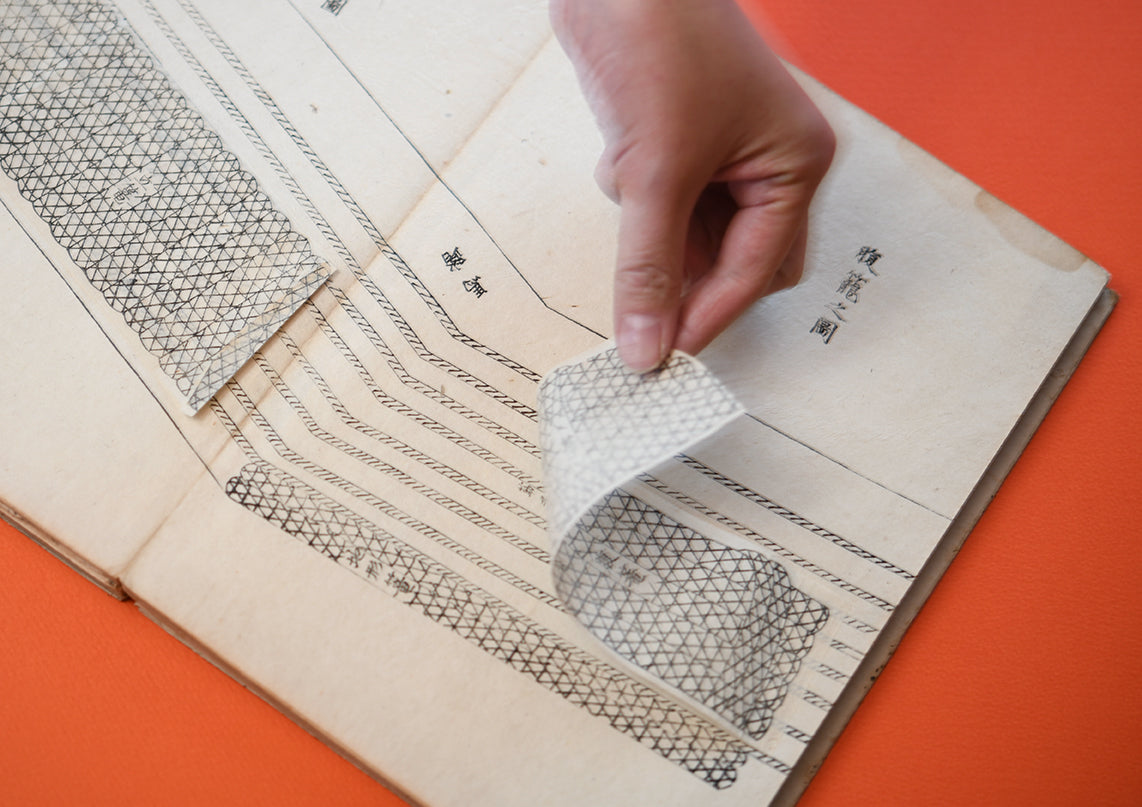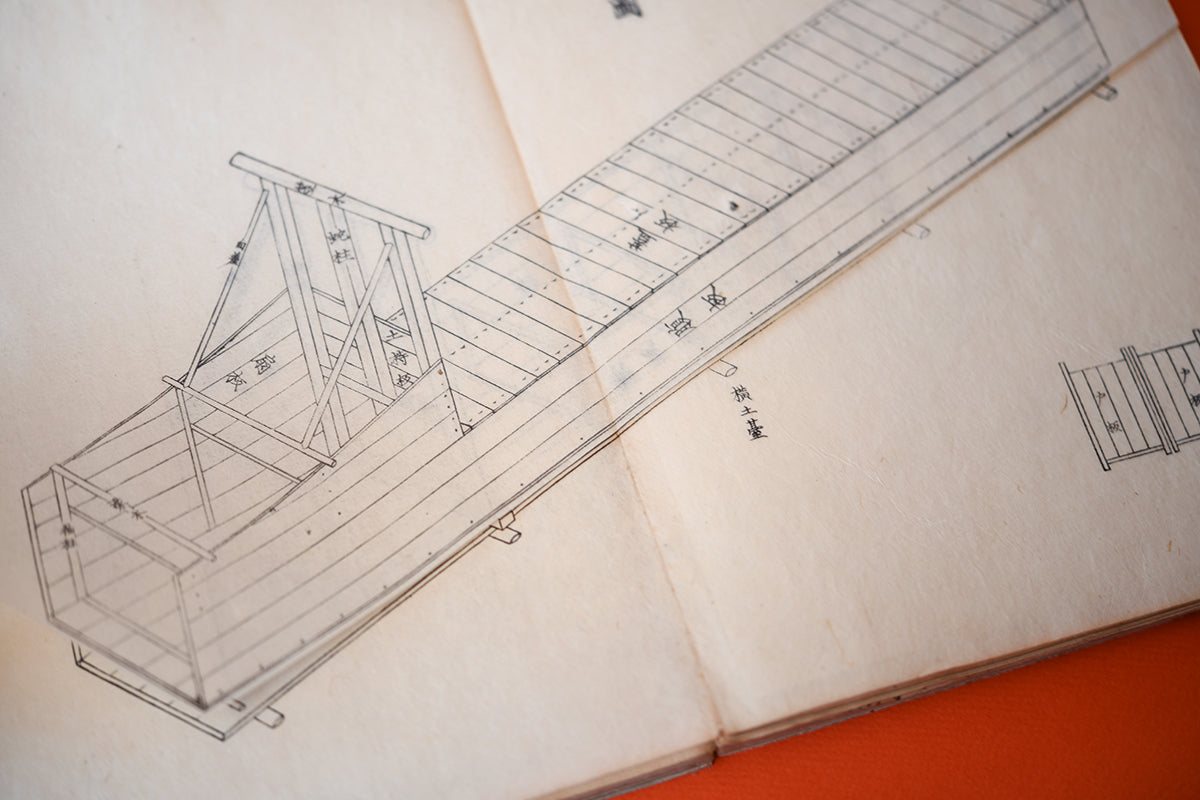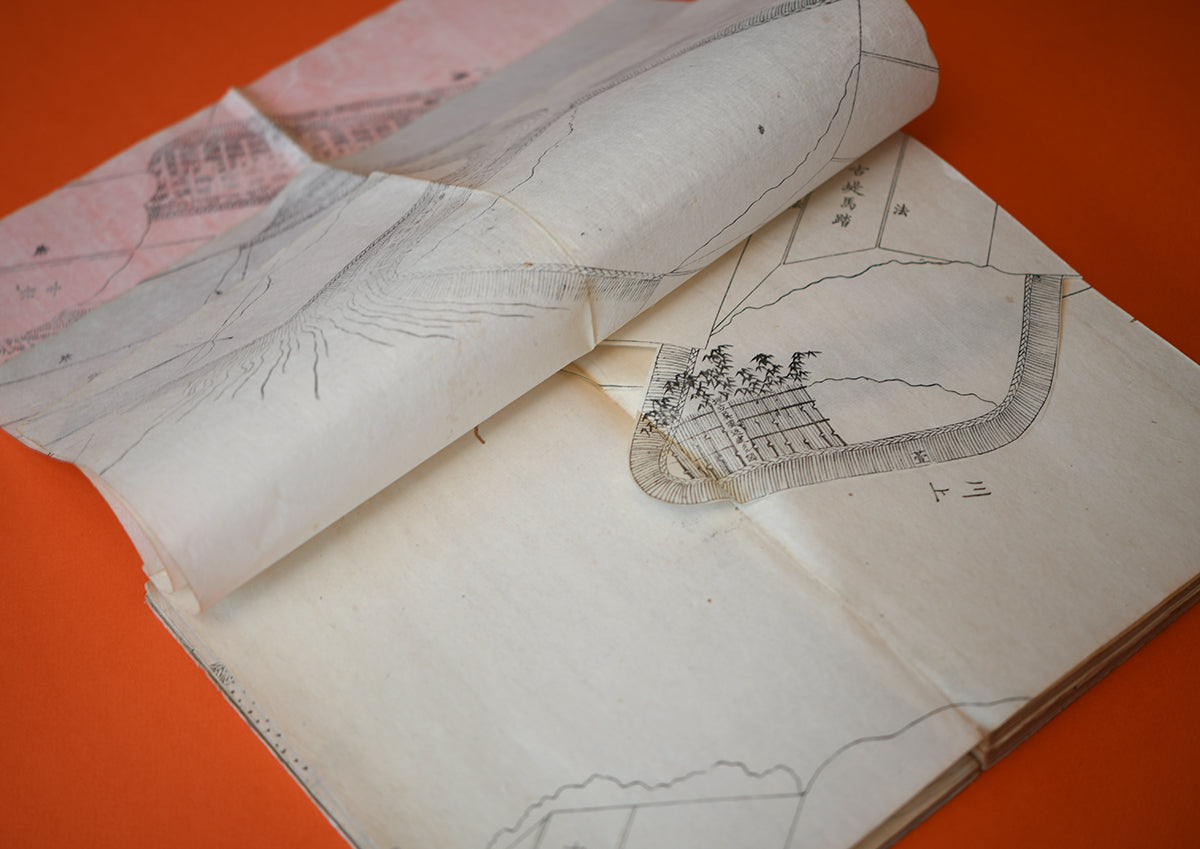Civil Engineering Workers' Record
Bibliographic Details
- Title
- 土木工要録
- Author
- 内務省土木局編
- Year
- 1881(明治14年)
- Size
- h258 × w185 x d22 mm
- Weight
- 380g
- Language
- 日本語
- Binding
- 経本仕立て・片面
- Printing
- 木版スミ一色刷
- Materials
- 紙
- Condition
- Fair
各図とも見開き使いで1図のみから6図重ねまで。棚牛之図、菱牛之図、尺木牛之図、弁慶枠之図、籠出之図、紀州流入樋之図、関東流扖樋之図、伏越籠扖之図、刎橋之図、竹荒之図、切所築立之図、石眼鏡橋之図 他 ※下記の通り土木学会附属土木図書館デジタルアーカイブスと異なる点があります。 枠出之図=貼込1図欠、腹籠之図=貼込2点有(アーカイブは貼込なし)、 地杭打タル図=3図欠
A nameless person from 150 years ago
Designed to protect against flooding
A three-dimensional book.
The cover is very simple. Moreover, the theme is "civil engineering." The outside and inside are extremely plain. I can't remember why I picked it up in the market again, but when I opened it, I was surprised at my first encounter with this book.
What surprised me so much was the structure of the explanatory diagrams. In essence, it was a bold book that explored how to convey the structure that is hidden in the completed stage. Flip over the completed diagram pasted on top to see the previous stage, and flip over that diagram to reveal the stage before that, like a see-through drawing. Today, we would use computer software to create diagrams in separate layers, but about 150 years ago, someone used their ingenuity to somehow complete a work using the minimum tools (the maximum available at the time) of paper and brush.
"This is a civil engineering construction manual that incorporates Western-style construction methods learned from foreigners employed by the Edo Shogunate Construction Department. It is highly regarded as a handmade work of labor in which numerous drawings are piled up and pasted together in a perspective style, from the foundations to the finish of the work."Muroran Institute of Technology Library websitetwist)
"Civil Engineering Yoroku" is a civil engineering technical book related to flood control. It consists of five volumes in total, including the main text on Heaven, Earth, and Man, and two appendices consisting of full-page explanatory diagrams. The book introduced here is one of the appendices.
How to convey three-dimensional objects using two-dimensional tools? Before the rapid development of IT, this issue had long plagued the theme of visual culture.
There is a three-dimensional picture book from the Edo period called "Chashitsu Okoshie." Although it is amazing that "Okoshie" can be unfolded and folded again, it is still a model. This "Civil Engineering Record," which aims to convey accurate information while remaining on a two-dimensional plane, seems somehow more noble.
Even today in the 21st century, not a year goes by without seeing disasters caused by rivers. Flood control is an eternal issue that could be called Japan's destiny. The gimmicks contained in this book are also the crystallization of the wisdom of nameless people who have seriously confronted the people, things, and events that are taken away by water.
"Civil Engineering Summary" was also selected as one of the "100 Great Works on Civil Engineering from Before the War" by the Civil Engineering Library of the Japan Society of Civil Engineers.
*As follows:Digital Archives of the Civil Engineering Library of the Japan Society of Civil EngineersThere are some differences.
Frame projection diagram = 1 pasted in missing, belly cage diagram = 2 pasted in (archive has no pasted in), ground stake driving barrel diagram = 3 missing
Text by Masago Sato
